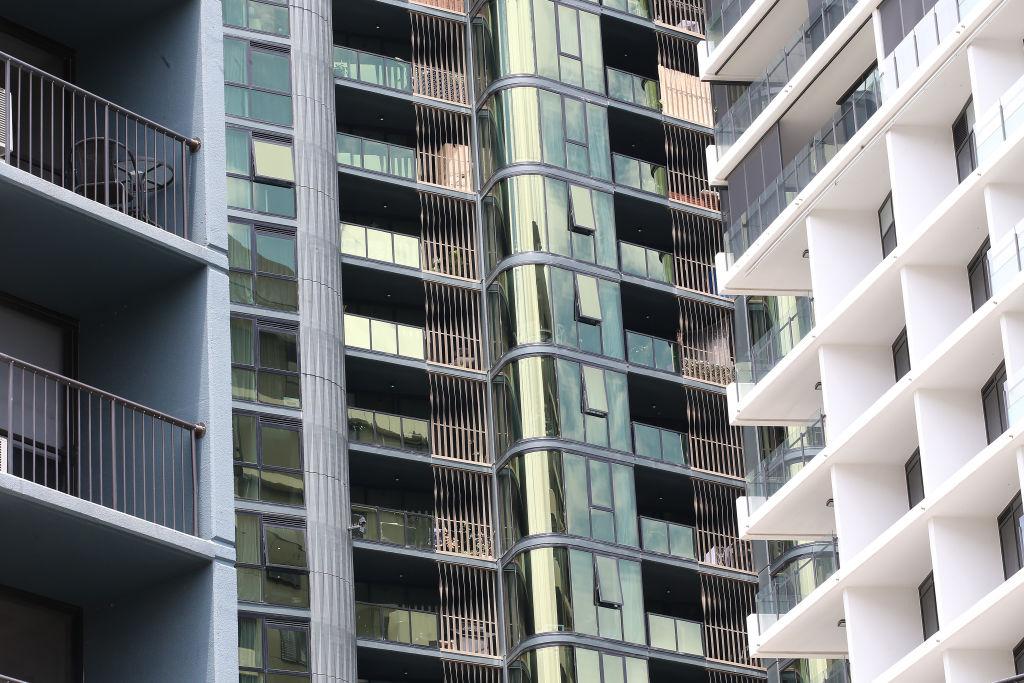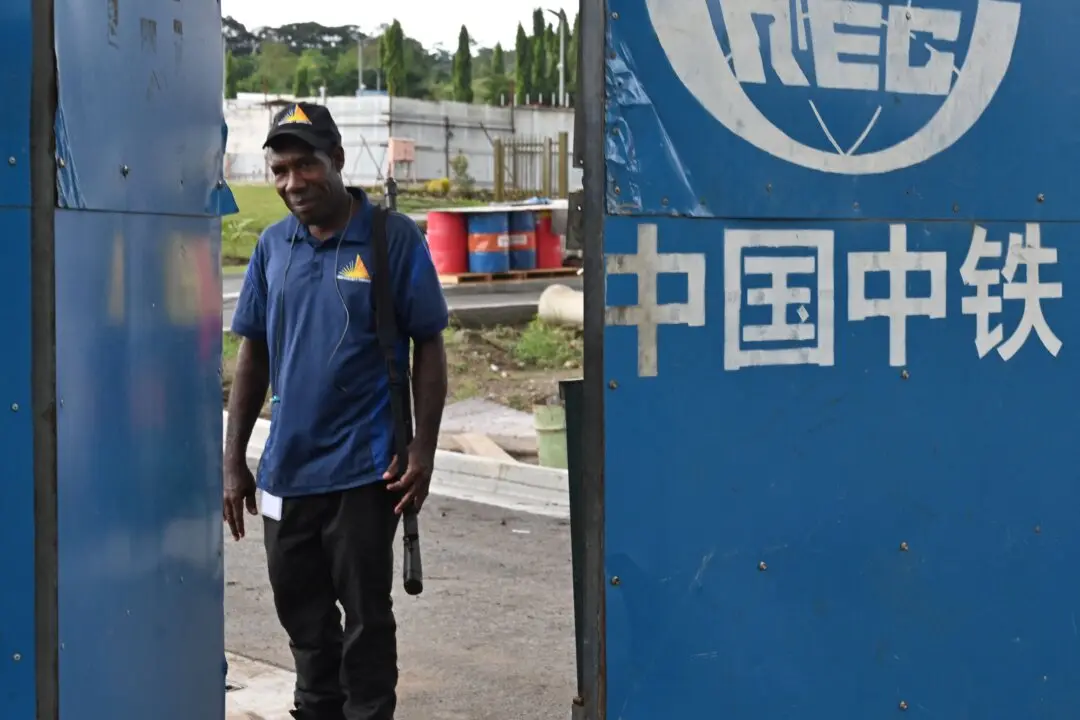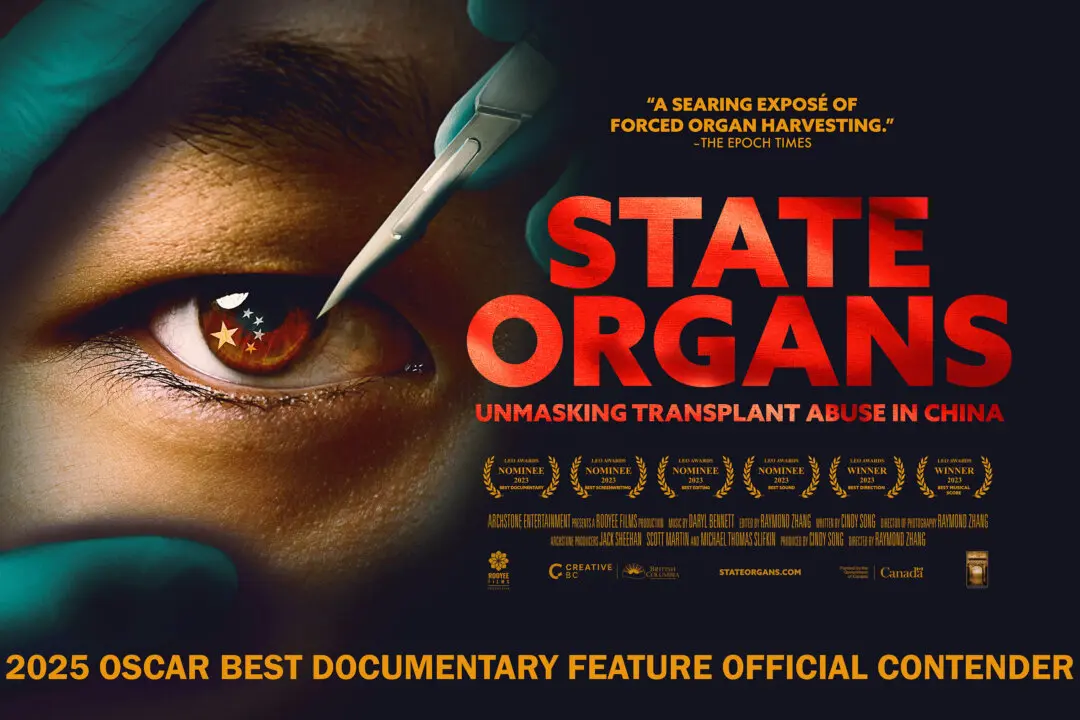Landlords will only be allowed to increase rents once a year under a proposal by the Queensland Labor government.
Premier Annastacia Palaszczuk made the announcement prior to the second Housing Summit on March 28, which brings the state in line with Victoria and South Australia.





